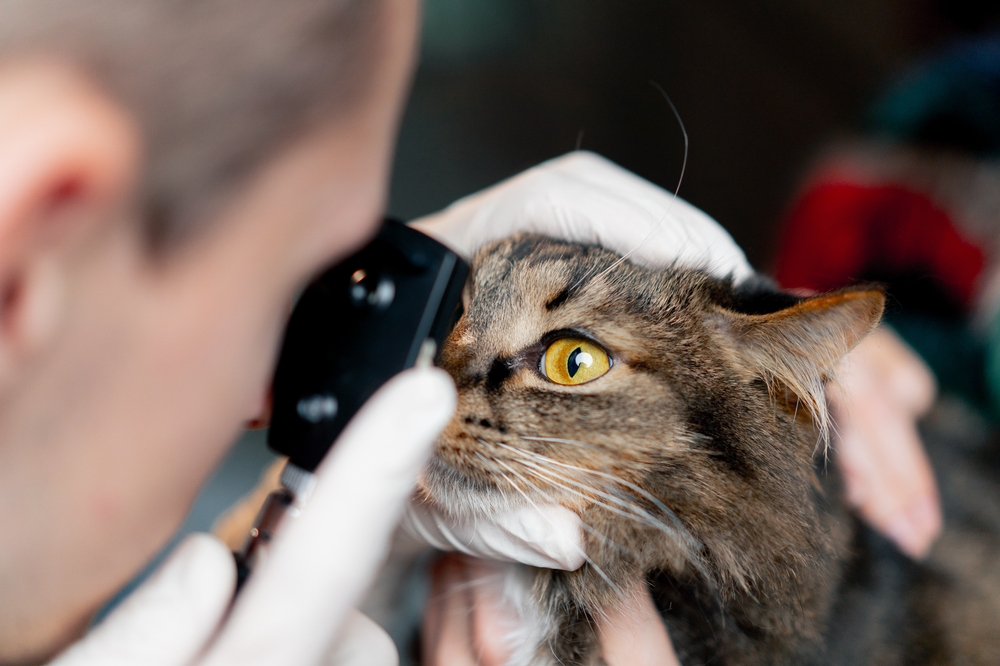Every day, colony caretakers and rescuers work on the front lines, providing food, shelter, and medical care for community cats. This hands-on work is life-saving, but to create lasting change, we must also learn how to advocate for cats at the legislative level. Speaking to local lawmakers can feel intimidating, but your voice is one of the most powerful tools we have to protect cats and support the people who care for them.
Many of the challenges we face—from feeding bans to a lack of funding for spay/neuter programs—are rooted in local ordinances. By engaging with your city council, county commissioners, and other officials, you can help shape policies that support humane, effective solutions like Trap-Neuter-Vaccinate-Return (TNVR). These cat advocacy tips will help you transform your passion into persuasive, professional communication that gets results.
Why Your Voice Matters in Local Government
Local ordinances have a direct impact on the lives of community cats and the volunteers who care for them. Anti-feeding ordinances can lead to starvation, while outdated animal control policies may favor ineffective and costly catch-and-kill methods over proactive TNVR programs.
When you advocate for cats, you are providing lawmakers with crucial on-the-ground information they may not have. You are the expert on the feline populations in your neighborhood. Your stories, data, and experiences can reframe the conversation from “nuisance control” to “community-supported animal welfare.”
Success stories from across the country prove that grassroots advocacy works. In communities that have embraced TNVR-friendly ordinances, a few dedicated advocates were often the catalyst for change. They showed up, spoke up, and presented humane solutions that were not only better for the cats but also more cost-effective for their communities.
Step 1: Preparation is the Key to Confidence
Before you ever send an email or make a call, effective preparation will build your confidence and make your message more impactful.
Know Your Audience
Start by identifying the right people to contact. Who makes decisions about animal control, public health, and community funding in your area? This could be:
- Your city council members
- County commissioners or supervisors
- The mayor or city manager
- The director of your local animal services department
You can usually find their contact information and meeting schedules on your city or county’s official website. Learn about their backgrounds, their priorities, and their previous stances on animal-related issues.
Understand the Current Laws
You can’t propose a change without knowing the existing rules. Research your local ordinances related to animal control, stray animals, and feeding. Are they outdated? Do they prohibit TNVR? Understanding the legal landscape helps you pinpoint exactly what needs to change. Organizations like the Alley Cat Allies Advocacy Toolkit provide excellent resources for researching local laws.
Gather Your Data
Lawmakers respond to facts and figures. Your argument for community cat legislation will be much stronger if it’s backed by evidence. Collect data on:
- The estimated number of community cats in your area.
- The cost of current animal control methods (impoundment, euthanasia) versus the cost of a TNVR program.
- Success rates of TNVR programs in similar communities (e.g., reduced shelter intake, fewer nuisance complaints).
- The number of volunteers and community members already supporting local cats.
Step 2: Crafting Your Message
Whether you’re writing a letter, sending an email, or preparing talking points for a meeting, your message should be clear, concise, and compelling.
Start with a Personal Connection
Begin by introducing yourself as a constituent. State your name, your address, and your passion for your community. A personal story about a cat you’ve helped can be a powerful way to make an emotional connection. This isn’t just about numbers; it’s about lives.
State Your “Ask” Clearly
Don’t bury your main point. Be direct about what you want. Are you asking for:
- Funding for a local, low-cost spay/neuter clinic?
- A change to an ordinance to officially permit TNVR?
- The repeal of a law that prohibits feeding community cats?
- Support for a pilot TNVR program in a specific neighborhood?
Clearly stating your objective makes it easier for the lawmaker to understand what action you are requesting.
Present Your Solution, Not Just the Problem
One of the most effective cat advocacy tips is to position yourself as a problem-solver. Instead of only focusing on the issue of cat overpopulation, present TNVR as the humane, effective, and fiscally responsible solution. Explain how it stabilizes cat populations, reduces shelter intake, and saves taxpayer money.
Example Talking Points:
- “Our current ‘catch and kill’ approach has cost our city $X over the past five years without reducing the cat population. A city-supported TNVR program could achieve better results for a fraction of that cost.”
- “Community volunteers are already managing several cat colonies through TNVR at their own expense. By officially supporting these efforts, the city can leverage this incredible volunteer workforce to solve a community-wide issue.”
Step 3: Building Relationships for Long-Term Success
Effective advocacy is not a one-time event; it’s about building lasting relationships with decision-makers.
Be Professional and Respectful
Always maintain a polite and professional tone, even if you disagree with a lawmaker’s position. Yelling or making demands is counterproductive. Your goal is to be seen as a credible, reasonable resource they can turn to on animal welfare issues.
Attend Public Meetings
Showing up at city council or county commission meetings is a powerful way to demonstrate your commitment. You don’t always need to speak. Simply being present shows that you are an engaged citizen. When you do speak during public comment periods, be prepared, stick to your time limit, and thank the officials for their time.
Follow Up and Stay Engaged
After a meeting or a written correspondence, send a brief thank-you email. If they asked for more information, provide it promptly. Keep them updated on your efforts and any progress you see in your community. This sustained engagement shows that you are a dedicated partner in creating solutions.
What to Do If You Face Opposition
It’s likely you’ll encounter some resistance. Common concerns include public health (rabies, toxoplasmosis), the impact on wildlife, and nuisance complaints. Be prepared to address these concerns with facts.
- Public Health: Explain that TNVR programs include mandatory rabies vaccinations, creating a buffer between wildlife and humans.
- Wildlife: Note that free-roaming cats are a reality, and the most effective way to reduce their long-term impact is to stop the cycle of reproduction through spay/neuter.
- Nuisance Complaints: Frame TNVR as the solution to nuisance behaviors like yowling, spraying, and fighting, as these dramatically decrease once cats are sterilized.
Your calm, fact-based responses will build credibility and help dismantle misinformation.
Learning how to advocate for cats is a skill that empowers you to create systemic change. Your passion, combined with strategic communication, can transform local policies and save countless lives. You are not just a cat lover; you are a constituent, a voter, and a powerful voice for those who cannot speak for themselves.
Your advocacy is a critical pillar of our mission. When you support GiluFunds through our campaigns like the FAN Campaign Hub or shop at GiluCats, you are fueling the educational resources and legislative efforts that empower advocates like you. Together, we can build communities where every cat is respected and protected.










0 Comments